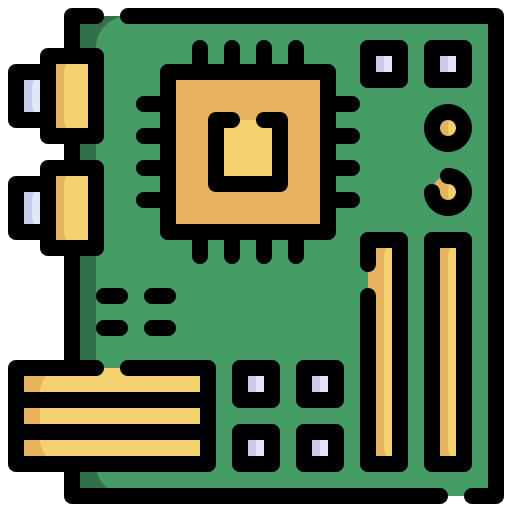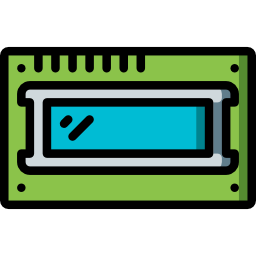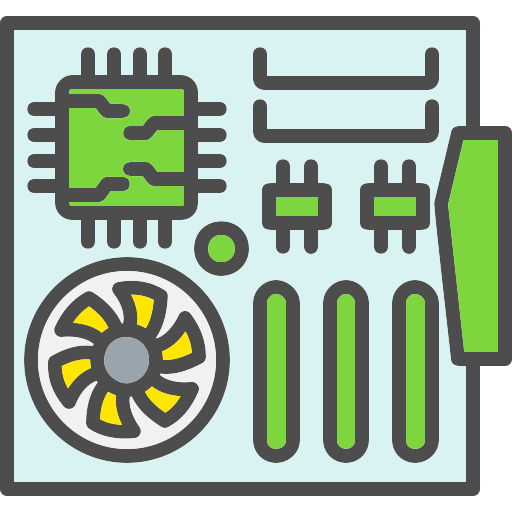
Arduino Uno Hardware & Embedded C Programming
– Offline
- 12500/-
Learn to harness the power of Arduino Uno for hardware projects and master Embedded C programming to create interactive, real-world applications.
Courses Includes
Who Can Learn ?

Enthusiasts

8+ Age
Technologies and Tools

Arduino IDE

Arduino uno

Sensors

Actuator

Embedded C

LCD Displays
Provisions during Bootcamp

Electronic component

Hardware & Tools

Safety gyres

Arduino Uno Hardware & Embedded C Programming
Duration
- Course Hours: 1.5hrs/Day
- Course Duration: 1 month
Pre-requisties
- Basic Knowledge of Computer & C Programming
Payments Modes
- Prepaid Payment
Course Curriculum
- What is Electricity And Why we need it?
- How we get Electricity at our Home?
- Different Sources of Electricity – AC vs. DC
- Concept of Voltage and Current
- Power vs. Torque
- Concept of Safety for working with Electronic Devices.
- Use of Breadboard and Connecting Wires.
- Resistor types and how to calculate it?
- LED types and identification of its Polarity.
- Working of Microswitch with LED.
- Microswitch and DC Buzzer
- Concept of RGB LEDs.
- 7 Segment display.
- Concept of Transformers and DC Adapters.
- How to use Filtering Capacitor.
- Types of Voltage Regulators.
- Concept of Ground vs. Voltage.
- Embedding Power indicator to Circuit.
- Overview of Robotics : History and Applications.
- Mechanical Robots vs. Automated Robots.
- Rover, Bi-pad Robot, Humanoid Robot
- Robotics parts : Sensors, Actuators and Controllers.
- Assembling of a Simple Robot.
- Types of Motors : DC motor, Servo motor
- Controlling Direction of DC motor.
- Types of Tyres.
- Wooden Chasis vs. Metal Chasis.
- Caster Wheel.
- Embedding of Motors and Tyres with Chasis.
- Use of L293D DC Motor controller.
- Types of Motors : DC motor, Servo motor
- Controlling Direction of DC motor.
- Types of Tyres.
- Wooden Chasis vs. Metal Chasis.
- Caster Wheel.
- Embedding of Motors and Tyres with Chasis.
- Use of L293D DC Motor controller.
- Types of Sensors: Resistive and Capacitive.
- How Sensors Work and Their Applications in Robotics.
- IR Sensor vs. LDR sensor.
- Hands-on Activity: Integrating Sensors with Your Robot
- Testing and Troubleshooting sensors under different Environments.
- Types of MicroControllers .
- Arduino, Uno Board details.
- Installation of Arduino IDE and Programming Setup.
- Activity: writing and uploading the Program to Arduino Uno Kit.
- Testing Programs for motors and sensors.
- Types of MicroControllers .
- Arduino, Uno Board details.
- Installation of Arduino IDE and Programming Setup.
- Activity: writing and uploading the Program to Arduino Uno Kit.
- Testing Programs for motors and sensors.
- Types of MicroControllers .
- Arduino, Uno Board details.
- Installation of Arduino IDE and Programming Setup.
- Activity: writing and uploading the Program to Arduino Uno Kit.
- Testing Programs for motors and sensors.
- Assembling of Robotic Chasis with Caster wheel and tyres.
- Setting up Positioning of Sensors on chasis.
- Integrating DC motor driver with motors and Arduino.
- Setting up Power distribution for Circuit.
- Assembling of Robotic Chasis with Caster wheel and tyres.
- Setting up Positioning of Sensors on chasis.
- Integrating DC motor driver with motors and Arduino.
- Setting up Power distribution for Circuit.
- Assembling of Robotic Chasis with Caster wheel and tyres.
- Setting up Positioning of Sensors on chasis.
- Integrating DC motor driver with motors and Arduino.
- Setting up Power distribution for Circuit.
- Assembling of Robotic Chasis with Caster wheel and tyres.
- Setting up Positioning of Sensors on chasis.
- Integrating DC motor driver with motors and Arduino.
- Setting up Power distribution for Circuit.
Add On Projects
- Powering up the Robot and Testing its working.
- Adjustment of Sensors According to Environment.
- Troubleshooting of Various Problems.
- Adding Personal touch to your Robot.
- Additional Resourses and Tutorials for more Enhancement.
- Joining of Robotics Community.
- Certification and Awards of Course Completion.
- Introduction to advanced programming concepts (functions, loops, conditional statements)
- Implementing advanced features in robot programming
- Real-time debugging and optimization
- Basics of wireless communication (Bluetooth, Wi-Fi)
- Interfacing wireless modules with microcontrollers
- Remote control and monitoring of robots
- Concepts of autonomous navigation
- Implementing basic algorithms for obstacle avoidance and pathfinding
- Real-world applications of autonomous robots
- Using advanced sensors (LIDAR, camera modules)
- Data processing and analysis
- Integrating advanced sensors into robot projects
- Introduction to robotics simulation software (Gazebo, V-REP)
- Building and testing robot models in a virtual environment
- Benefits and applications of simulation in robotics
- Students work on a comprehensive final project incorporating all learned concepts
- Project presentation and demonstration
- Feedback and evaluation
Validate Your Skill
By completing this course, you will validate your expertise in Arduino Uno Hardware and Embedded C Programming. You’ll gain a deep understanding of microcontroller architecture, interfacing, and programming, mastering both theoretical concepts and practical skills. The course emphasizes hands-on projects and real-world applications, allowing you to design, code, and implement embedded systems using the Arduino platform. Earning your certification will not only showcase your proficiency in embedded systems but also enhance your professional profile, making you more appealing to employers and academic institutions alike.

By completing this course, you will validate your expertise in Arduino Uno Hardware and Embedded C Programming. You’ll gain a deep understanding of microcontroller architecture, interfacing, and programming, mastering both theoretical concepts and practical skills. The course emphasizes hands-on projects and real-world applications, allowing you to design, code, and implement embedded systems using the Arduino platform. Earning your certification will not only showcase your proficiency in embedded systems but also enhance your professional profile, making you more appealing to employers and academic institutions alike.
Learning Outcomes
- Set up the Arduino Uno IDE and learn its history.
- Use Tinkercad for simulation and block-based coding techniques.
- Understand Embedded C programming basics for Arduino projects.
- Interface with MonoLED, Bi-Color, and RGB LEDs effectively.
- Work with switches and push buttons for interactive projects.
- Read sensor data using analog pins for input handling.
- Program and utilize the LCD 16x2 display for visual outputs.
- Control relays to manage high-voltage devices with Arduino.
- Use PWM to regulate LEDs and motors for brightness and speed.


Arduino Uno Hardware & Embedded C Programming
Duration
- Course Hours: 1.5hrs/day
- Course Duration: 1 month
Pre-requisties
- Basic Knowledge of Computer
payments Modes
- Prepaid Payment
